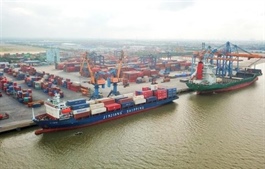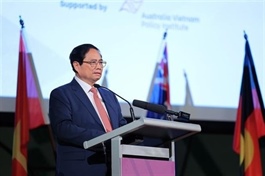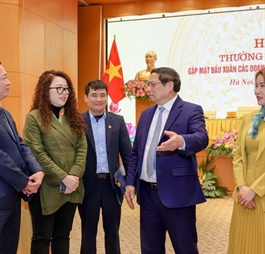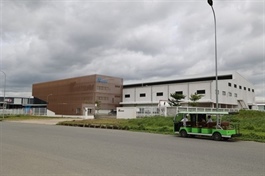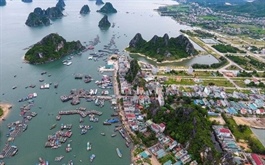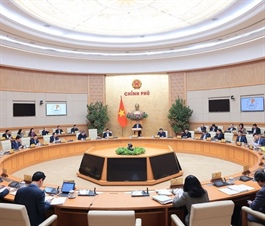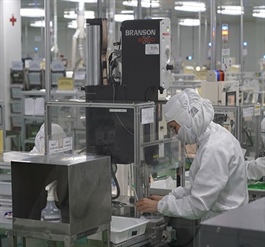Neighbouring nations take lead in direct investment projects
Neighbouring nations take lead in direct investment projects
Foreign direct investment inflows have risen sharply in recent months, with most of the action coming from traditional partners, without a breakthrough from Europe and US investors.

After a series of large-scale projects were granted investment registration certificates in February, such as the $454-million Trina Solar Cell venture in the northern province of Thai Nguyen and a $275-million project from Gokin Solar Hai Ha Vietnam in the northeastern province of Quang Ninh, registered foreign direct investment (FDI) in Vietnam has accelerated strongly.
According to last week’s report from the Ministry of Planning and Investment’s Foreign Investment Agency (FIA), as of February 20, total FDI inflows were $4.29 billion, up 38.6 per cent on year. This is in contrast to the trend of the first two months of last year, which saw a decrease of 38 per cent on-year. The number of newly registered projects also increased by 55.2 per cent to 405 projects in the period.
“New investment is raising in both the number of projects and capital,” said Do Nhat Hoang, director general of the FIA. “The sharp surge not only comes from the number of projects but also the contribution of large-scale ones, at about $400-600 million.”
However, the FIA indicated that contrary to the strong increasing trend of newly registered FDI, both adjusted investment and capital contribution and share purchase went down to $442.1 million (a decrease of 17.4 per cent on-year) and $255.4 million (down 68 per cent), respectively.
However, the agency is still optimistic that the rate of decrease in adjusted capital has improved on-year, with adjusted capital in the first two months of 2024 increasing by 5.7 per cent as compared to an on-year reduction of 85.1 per cent in the same period last year.
Despite the good performance, most of the FDI inflows currently comes Asian markets like Singapore, Hong Kong, Japan, China, and South Korea, accounting for 77 per cent of the number of new projects and nearly 85.5 per cent of the country’s total registered investment.
Meanwhile, funding from Europe and US partners is minimal. The total US registered investment in Vietnam in the past two months is only $5.6 million. US investors, predicted to be near the top of the list, are currently ranked 18th.
From Europe, the United Kingdom registered to invest $36.2 million in Vietnam, the Netherlands $29.24 million, Germany $5.86 million, and France $7.7 million.
Nevertheless, after a series of strong assessments and affirmations of interest in the Vietnamese market from US and European investors last year, especially in semiconductors and AI, a stronger acceleration of capital flows is expected, including large corporations such as Intel, Nvidia, and Marvell.
Last year, Nvidia chairman and CEO Jensen Huang pledged to do his best to “turn Vietnam into Nvidia’s second home”, noting that the corporation would establish a legal entity in the country. The capitalisation of the world’s biggest AI chip company has just reached $2 trillion, doubling the figure of last May.
Accumulating to the end of February, the United States ranks 11th in the list of foreign investors in Vietnam with $11.83 billion and 1,347 projects, while European nations like the UK, France, Germany, and Luxembourg rank 15-18th.



